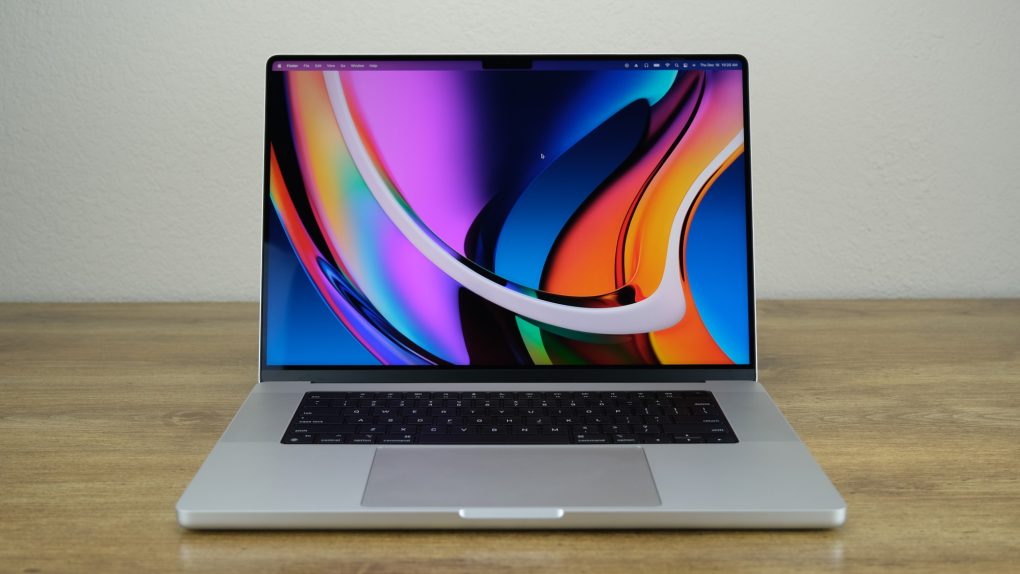The new MacBook Pro series breathes new line into what was arguably a stagnating lineup. The previous-generation MacBook Pro wasn’t a bad computer by any means — but with few ports and the maligned Touch Bar, it felt like it was a little worse for wear. But the 2021 MacBook Pro solves almost all of the issues that customers had with previous iterations. It does away with the Touch Bar, adds back many of the ports, and gets a new design and Apple Silicone along the way.
We separately review the 14-inch M1 Pro model of the MacBook Pro, and for this review, we’re focusing on the 16-inch M1 Max model. This is the supped-up version of the laptop — it’s big, strong, and for most, probably a little much. Of course, that’s to be expected. The laptop comes in at a rather pricey $4,299, as reviewed.
Just how well does a MacBook Pro this expensive perform? And should you spend the cash? I’ve been reviewing the laptop to find out.

MacBook Pro (M1 Max, 16-Inch) design
The 16-inch MacBook Pro has the same overall design as the 14-inch model — it’s just a little bigger. You’ll still get the edge-to-edge display with a notch, the same black keyboard bed, and the same better selection of ports. We’ll get into ports a little later.

The laptop is available in both Silver and Space Gray. We’re reviewing the Silver model, but I prefer the Space Gray, which I reviewed on the 14-inch model. With the aluminum unibody build and the glossy Apple logo on the back of the lid, the laptop still looks like a MacBook Pro — but it looks like a more modern MacBook Pro. The Silver does look good in contrast with the black keyboard bed, which I really appreciate the look of.
In images, the laptop can look a little thicker than the previous-gen model, but it’s actually the same thickness. Even if it was a little thicker, I wouldn’t mind. I love that Apple is willing to embrace larger batteries and more ports, even if it means a slightly thicker build.
Ports
Around the edges of the MacBook Pro, you’ll see something you may not have seen in a while — ports. The MacBook Pro has a much more versatile selection of ports. You’ll get two USB 4 ports, an HDMI port, an SD card slot, and a headphone jack. Some might lament the lack of USB-A ports, but I would have preferred an extra USB 4 port or two if more ports were added.
It’s important to note that the HDMI port is HDMI 2.0, not HDMI 2.1, which is a little frustrating to see. Still, HDMI 2.0 supports 4K video at 60 frames per second, which should be enough for most users.
The last addition here is MagSafe, which is making its return on an Apple laptop. I love MagSafe. The magnets used do seem a little stronger than they were before, but they still detach relatively easily. The laptop can still be charged through the USB 4 ports, which is good news for those who want that single-cable experience.
MacBook Pro (M1 Max, 16-Inch) keyboard and touchpad
Apple is past having to apologize for the butterfly keyboards of three or four years ago. The last-generation MacBook Pro returned to offering a nice keyboard with good spacing and plenty of travel. The keyboard on this laptop goes a step further — it feels great, and has a full row of function keys in place of the Touch Bar.
All the function keys you would want are here, including those for volume and playback, brightness, and more. Unlike past MacBooks, there’s no function keys for the backlights for the keyboards, but I found the backlights to work fine automatically. In place of those features are keys for Spotlight and for voice.
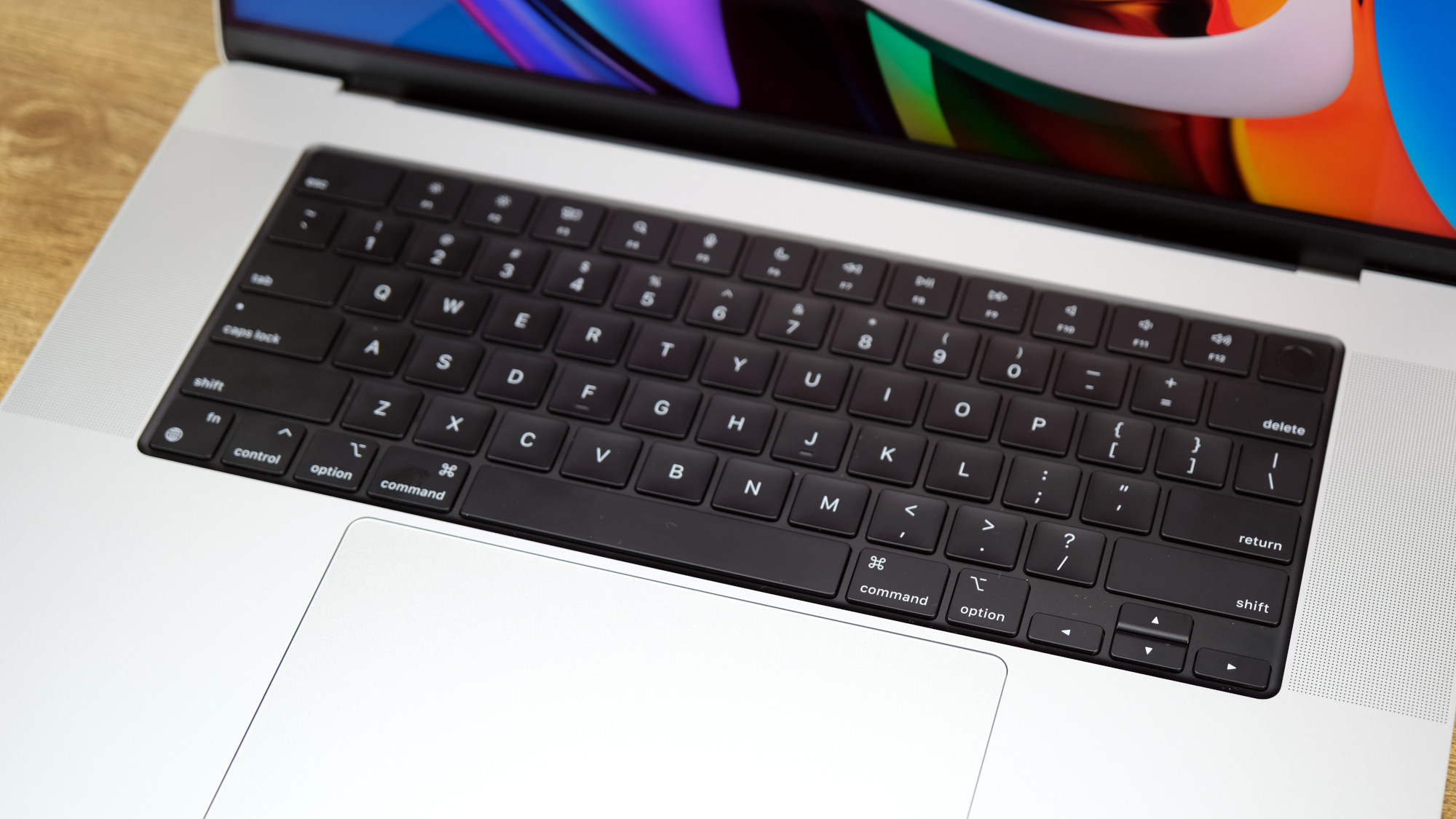
At the top right of the keyboard can be found a Touch ID sensor, which is responsive and works great. I never had any issues with the Touch ID sensor on the MacBook Pro, and while I would have preferred Face ID in the notch, Touch ID is the next best thing.
The touchpad is great too. It’s pretty huge — bigger than that on the 14-inch model. And, in classic Apple fashion, it’s extremely responsive and incredibly high-quality.
MacBook Pro (M1 Max, 16-Inch) speakers
I was impressed with the speakers on the 14-inch model of the 2021 MacBook Pro. The 16-inch model takes those excellent speakers and turns them up to 11 in both volume and quality.
The bass response on the 16-inch MacBook Pro is better than any other laptop I’ve reviewed. It doesn’t approach a real external speaker from Sonos, or a great pair of headphones, but it’s easily good enough for casual listening while you work. Bass response is still probably the weakest area for the speakers in this computer, but it’s still far better than most other laptops.
The mids are pretty well-tuned too, and tend to offer a relatively flat response. And, the highs offer decent clarity and detail, which always helps make listening to music that extra bit more exciting.
MacBook Pro (M1 Max, 16-Inch) display and webcam
The display isn’t just edge-to-edge on the new MacBook Pro — it’s also a higher quality than previous MacBooks. It’s a pretty serious step up over the last generation, thanks largely to the fact that it’s a Mini-LED display. Apple calls the screen on the new MacBook Pro a Liquid Retina XDR display.

The fact that it uses Mini-LED technology basically means that instead of one backlight behind the screen, there are hundreds. That allows the laptop to turn off portions of the display when there’s black on the screen — both making for deeper blacks, and saving on battery.
The display also supports Apple’s ProMotion technology, which means that it has a high refresh rate. Not every app takes advantage of the higher refresh rates, but over time, apps should support the tech more and more. Safe to say, most Apple-built apps should support the tech, making for a smoother response.
The notch and webcam
There’s one thing interrupting the edge-to-edge display on the new MacBook Pro — the notch. That said, you shouldn’t worry too much about the notch. You’ll stop noticing it soon after you start using the laptop, and I haven’t experienced any issues with content.
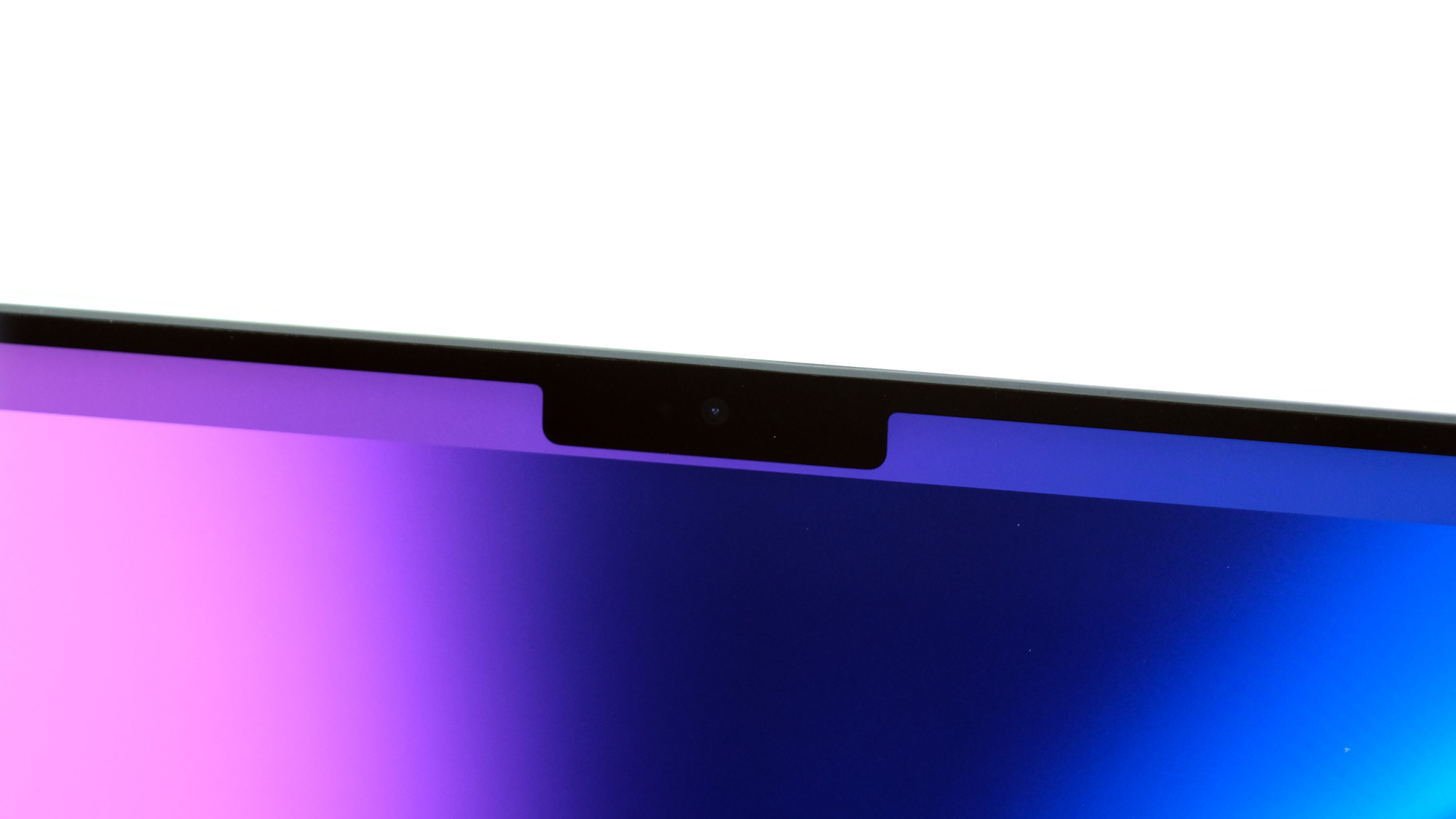
The cursor simply moves behind the notch when appropriate, and when menu bar items extend towards the notch, they simply get placed on the other side of it. It works well.
The webcam in the new MacBook Pro has a 1080p resolution, and it looks great. It’s far better than the previous-generation 720p webcam, and you’ll get much clearer FaceTime and Zoom calls. It’s not quite at the same level as an iPhone, for example, but it still generally looks good.
MacBook Pro (M1 Max, 16-Inch) performance
The big reason to buy an M1 Max-equipped laptop over an M1 Pro model is the extra performance. Safe to say, the M1 Max MacBook Pro is an incredibly high-performance laptop.
The base version of the M1 Max comes with a 10-core CPU and 24-core GPU, but our model is specced-out with the upgraded 32-core GPU. The base model of the laptop also comes with 32GB of RAM (with the M1 Max), however again, we’ve been upgraded to 64GB for this review.
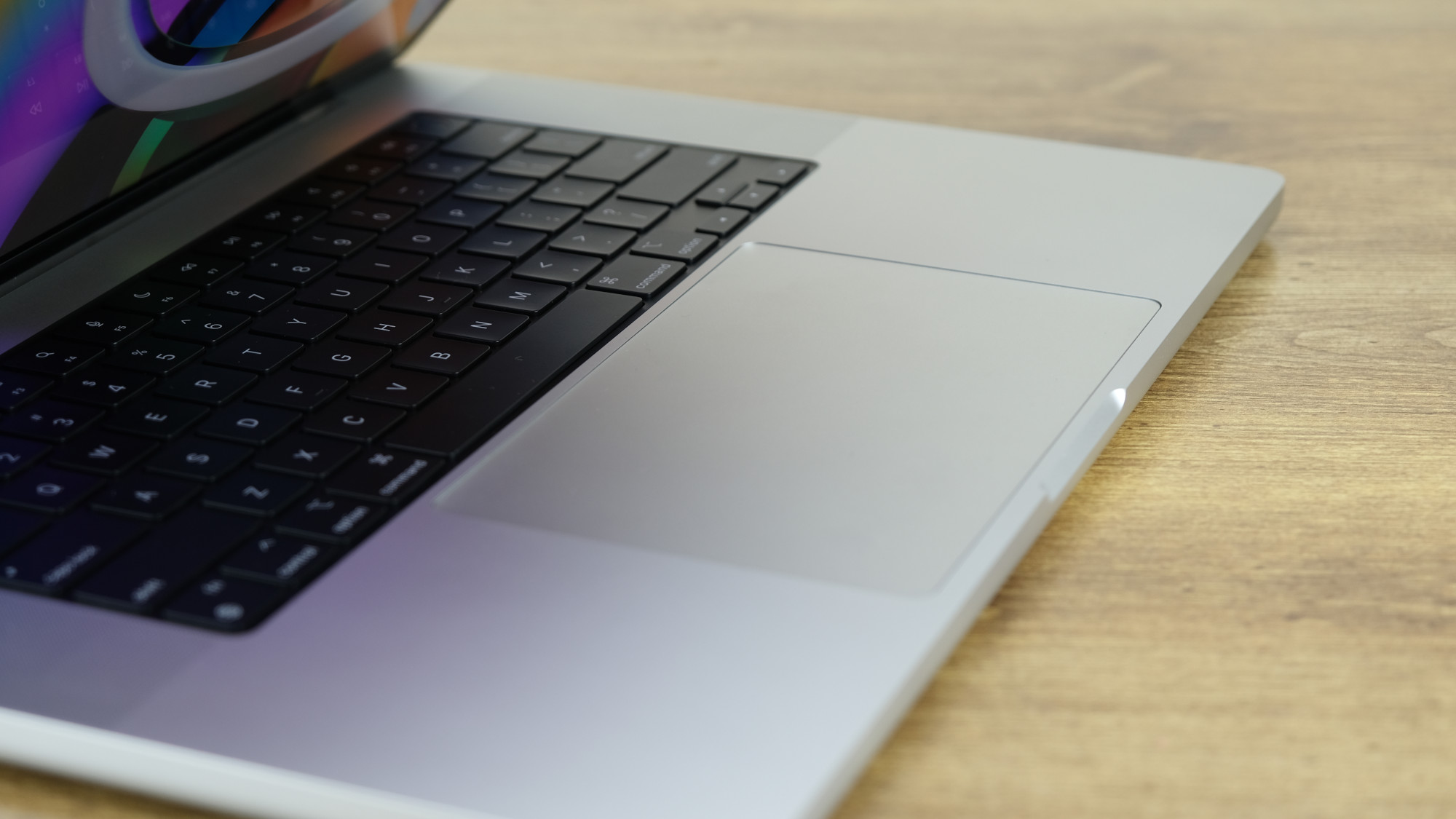
In day-to-day use, this laptop was easily able to handle everything I could throw at it. That included pretty basic tasks, to be fair, including browsing the web with up to a few dozen Chrome tabs, light image editing, and so on.
Benchmark results confirm the excellent performance. The results we achieved with the M1 Max MacBook Pro were a little better than those on the M1 Pro, but not a ton better. That does make sense given the fact that the CPU performance on the two computers should be similar anyway. The real advantage to the M1 Max comes in GPU performance, given the fact that it has up to a 32-core GPU. Safe to say, for things like heavy video editing, going for an M1 Max-equipped computer may be worth the extra money, especially for those that make money from video editing.
MacBook Pro (M1 Max, 16-Inch) battery
One of the biggest advantages to using an Apple Silicone laptop over previous-generation models is the fact that they’re much more power-efficient. The M1 Max, however, is the least power-efficient of Apple’s chips so far. That’s to be expected — it’s also by far the most powerful. But if you care more about battery life than raw performance, it may be worth considering the M1 Pro MacBook Pro, or even the M1 MacBook Air, instead.
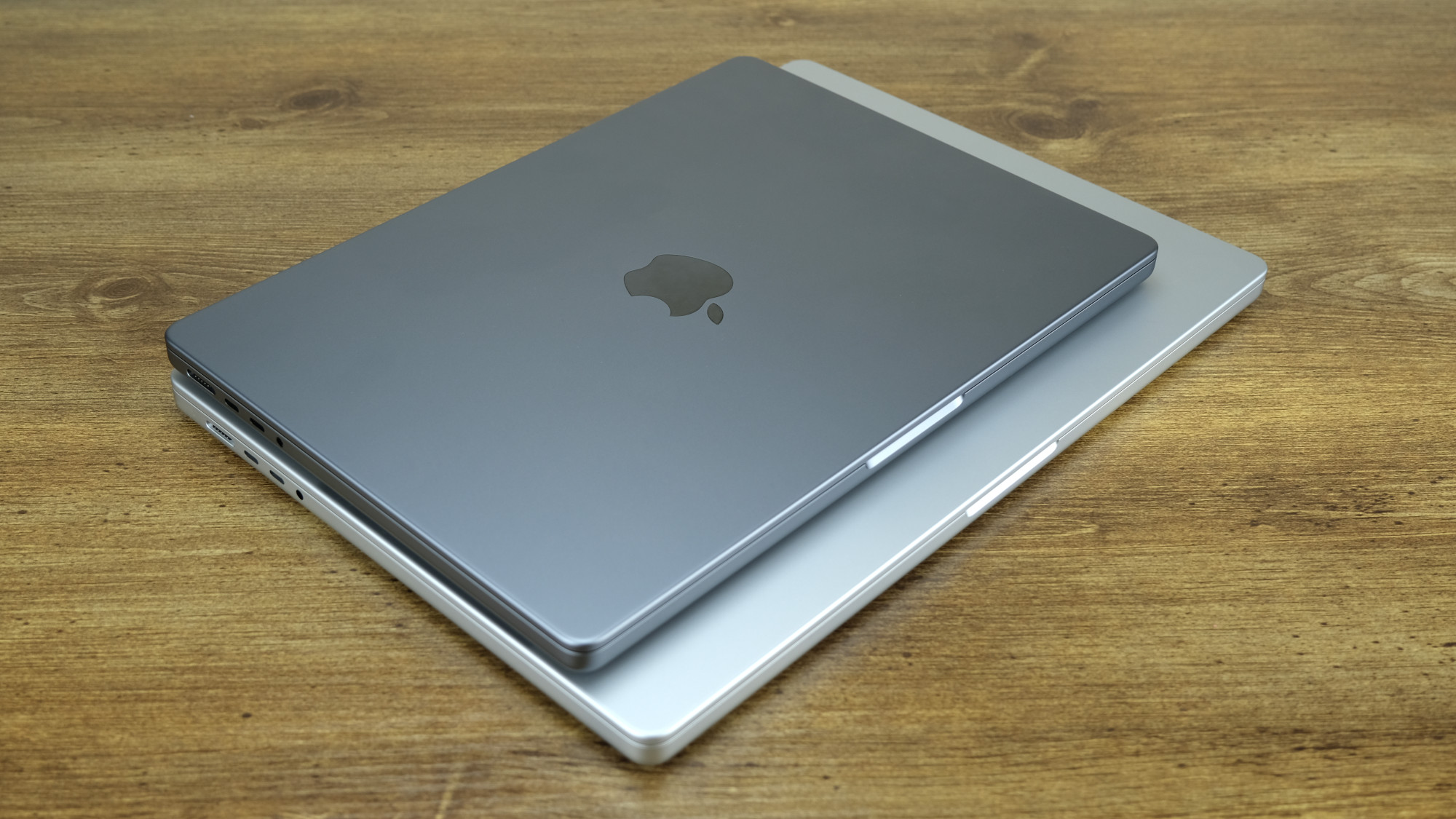
All that said, the battery life on this laptop is still excellent. The laptop was able to get me through a full work day, which included browsing the web with Chrome, light image editing, and listening to podcasts. This is still far better than most Intel-based laptops — it’s just not quite as good as Apple’s other modern laptops.
MacBook Pro (M1 Max, 16-Inch) software and features
The 16-inch MacBook Pro comes with Apple’s MacOS Monterey, and it works pretty much exactly as you would expect. Monterey hasn’t necessarily been the most loved MacOS release, but at this point I don’t really mind it. I’m used to the changes, and I use Chrome, so I haven’t really had to deal with the changes in Safari much.
Conclusions
The M1 Max 16-inch MacBook Pro is an incredible laptop. I love the new design, it has a great port selection, and it offers incredible performance. Pretty much every change Apple has made to the laptop is a welcome one. I like the edge-to-edge display, the new black keyboard bed, and the upgrades to the display.
But for the vast majority of users, it’s overkill. Only those that need ultimate performance for tasks like video editing should even consider it, given that it’s so expensive. But for those that do need this level of performance, the M1 Max-powered MacBook Pro is well worth considering.
The competition
The M1 Max 16-inch MacBook Pro is too expensive for most. That doesn’t mean that you should avoid the MacBook lineup altogether though. The M1 Pro is still a very capable chip, and more than powerful enough for most. And, those that want a laptop for things like web-browsing, emails, social media, and so on, will be perfectly happy with an M1-powered MacBook Air. Note, we’re expecting a refresh to the MacBook Air in 2022, so if you think one of Apple’s lower-end laptops might be for you, it may be worth waiting.
Should I buy the MacBook Pro (M1 Max, 16-Inch)?
Yes, but only if you need the best performance and are willing to fork out for it.

